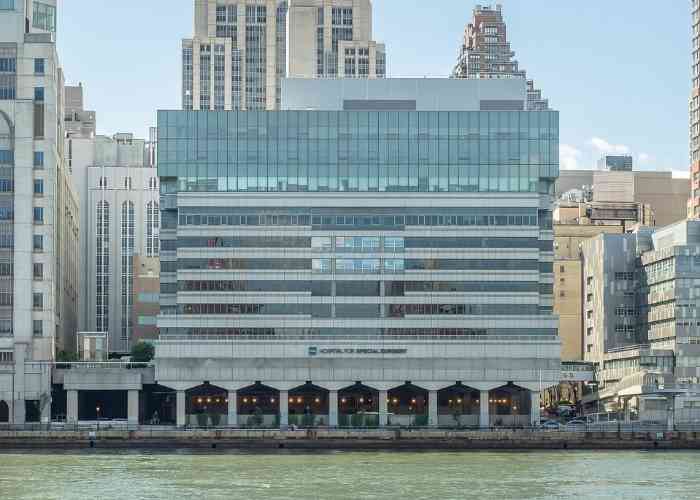What is a meniscus tear?
Located between the femur (thigh bone) and tibia (shin bone) is a “C” shaped shock-absorbing cartilage known as the meniscus. The meniscus is separated into two parts: the medial and lateral meniscus. The medial meniscus is found along the inner portion of the knee and bears up to 50% of the stress load exerted on the inside compartment of the knee. The lateral meniscus is found along the outer portion of the knee and bears up to 80% of the stress load exerted on the outside compartment of the knee. The meniscus functions as a shock absorber between the femur and tibia and also provides lubrication for the knee joint to move easily. The most important role of the meniscus, however, is protecting the ligaments from outside forces and providing stability to the knee joint. A tear within this cartilage can be caused by forceful knee rotation with the full weight of the body on the knee. This type of injury is one of the most common injuries seen in athletes, but not limited to athletes as individuals can experience a meniscus tear with activities of daily living. Dr. Answorth A. Allen, orthopedic knee specialist serving patients in Manhattan, New York City, Westchester, Long Island and surrounding areas, has the knowledge and understanding, as well as substantial experience in treating patients who have experienced a meniscus tear.

What is meniscal deficiency?
The bones and cartilage of the knee can experience added stress and degeneration in the absence of the meniscal fibrocartilage ring. Meniscal deficiency occurs when the knee joint breaks down without the presence of the meniscus. This can occur from a degenerative condition, heredity, or from a misshapen meniscus. Meniscal deficiency can cause a misalignment of the bones within the knee joint and further contribute to the onset of arthritis.
What are the symptoms of a meniscus tear?
A common complaint of a meniscus tear is pain that fluctuates between mild and severe episodes. Patients who have experienced a meniscus tear are usually able to still walk. Other symptoms of a meniscus tear include:
- Swelling and stiffness
- “Locking” or “catching” of the knee
- A “pop” can sometimes be heard with the injury
- Decreased range of motion
- Knee instability or “buckling” episodes
How is a meniscus tear diagnosed?
A comprehensive medical history, including how the injury occurred, will be obtained by Dr. Allen. A physical examination will be performed involving an evaluation for areas of pain and tenderness and range of motion will be assessed. Diagnostic imaging, such as x-rays and magnetic resonance imaging (MRI), may be requested to determine the extent of the injury and confirm a meniscus tear diagnosis.
What is the treatment for a meniscus tear?
The meniscus can be divided into two segments: the outer third “red zone”, where there is a healthy blood supply and tears can sometimes heal without surgery; and, the inner two-thirds “white zone”, where a lack of blood supply makes it difficult for tears to resolve on their own. Dr. Allen will take the location of the tear, as well as the patient’s age, activity level, and severity of the injury, into account to determine the best treatment option.
Non-surgical treatment:
If the meniscus tear is small and located in the outer third of the meniscus, and the patient does not experience instability as a result of the injury, conservative therapies may be appropriate to repair the meniscus tear. A combination of rest, ice, and non-steroidal anti-inflammatory medications can be used for pain management and reduce inflammation. When deemed appropriate, Dr. Allen will recommend a physical rehabilitation program to restore range of motion and strength to the knee.
Surgical treatment:
If conservative therapy is unsuccessful, or if the tear is located in the inner two-thirds of the meniscus, Dr. Allen may recommend an arthroscopic meniscus repair or meniscectomy. This minimally invasive procedure involves a small camera (arthroscope) and specialized surgical instruments to complete the necessary revisions. Based on the intraoperative findings, Dr. Allen may implement one, or more of the following surgical techniques:
- Debridement: This technique excises the damaged portions of the non-viable cartilage.
- Meniscal Repair: This procedure is ideal for tears that occur within the outer third of the meniscus with a healthy blood supply. The torn portions of the cartilage are reattached using special surgical anchors that are secured within the tissue.
- Biologic Augmentation: This repair method utilizes the patient’s own bone marrow, known as Bone Marrow Aspirate Concentrate (BMAC), or platelet-rich plasma (PRP) to generate healing at the repair site. Biologic Augmentation is often performed in conjunction with a meniscal repair.
- Meniscectomy: This technique is reserved for patients with larger tears or when all other treatment options have been exhausted. During this procedure, Dr. Allen removes the portions of the meniscus that are non-repairable.
Meniscus Tear Specialist

A meniscus tear can be cause by forceful knee rotations or by normal wear and tear of the knee joint. Meniscus tears often cause swelling, decreased range of motion, and locking of the knee. This injury can often be treated conservatively, however, more severe cases may require surgical intervention. Knee surgeon Doctor Answorth Allen provides diagnosis and treatment for patients in Manhattan, New York City, Westchester, Long Island and surrounding areas. Contact Dr. Allen’s team today!






